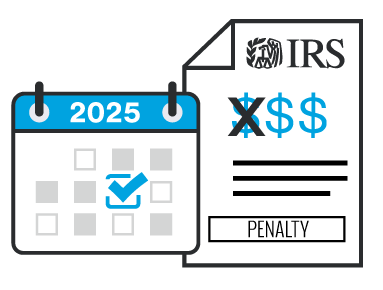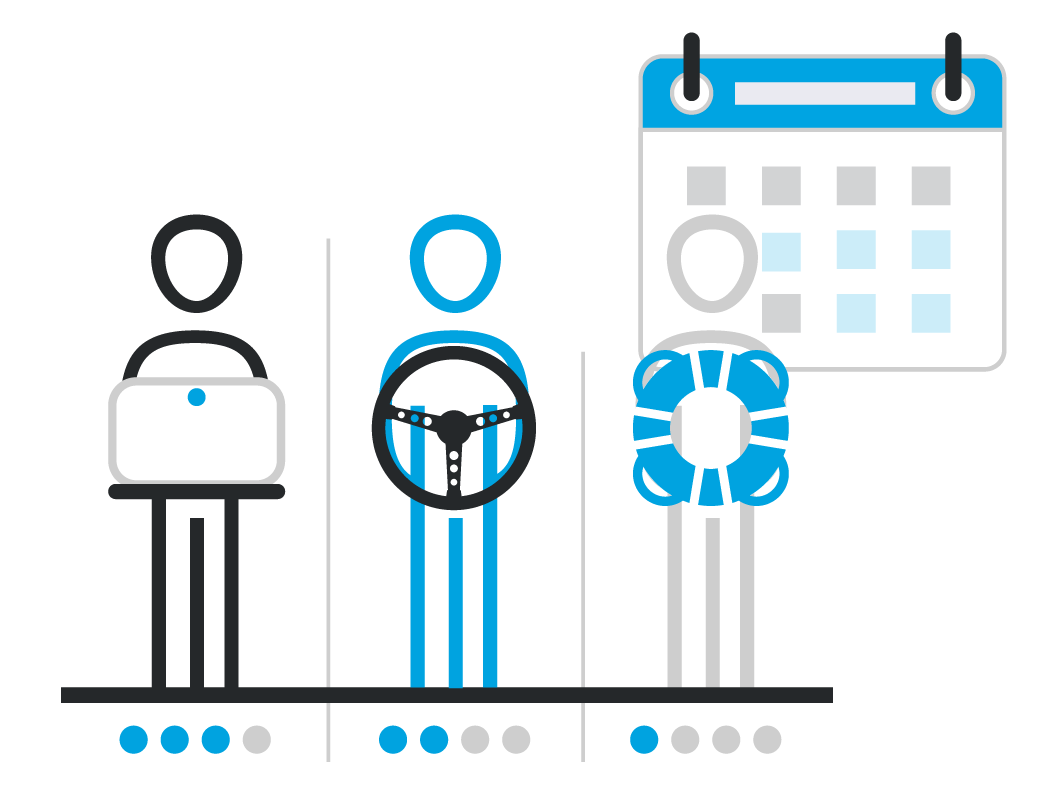Now that the filing responsibilities of 2023 are officially behind us, it’s time to turn your attention to the details of summer ACA compliance.
If your organization employs seasonal help during the summer months, it’s important to know how these additional workers may affect your legal ACA Employer Mandate responsibilities.
A key detail requires determining if your seasonal staff qualify as full-time or full-time equivalent employees and thus need offers of coverage as required by the ACA. But before we get into the nuances of full-time, we first need to understand how the IRS treats seasonal workers and seasonal employees.
ACA Seasonal Workers
Seasonal workers are just as it sounds — hired help that provides hours of service for a few months out of the year. These individuals perform labor on a seasonal basis, as specified by certain U.S. Department of Labor regulations. This category of workers includes agricultural laborers, retail employees, or golf course support.
Seasonal workers differ from seasonal employees in that the IRS requires seasonal workers to be included when calculating Applicable Large Employer (ALE) status — that is an employer with 50 or more full-time and full-time equivalent employees.
So, if your organization employs seasonal workers, be sure to include them in your ALE calculations.
Seasonal Employees
While seasonal employees may sound like the same thing as seasonal workers, seasonal employees have a different contextual meaning.
The IRS defines a seasonal employee as someone hired for a position that has an annual employment duration of six months or less.
Seasonal employees are those who may work part-time or full-time, but they are expected to be employed for six months or less. If a seasonal employee works full-time for more than six months, they may become subject to coverage requirements under the ACA.
If your company uses the Look-Back Measurement Method to determine benefits eligibility, you must apply it to seasonal employees. This ensures that those employees who average at least 130 service hours monthly during their initial stability period are offered healthcare coverage.
It also provides organizations with more time for determining full-time eligibility and can protect you in the event of a legal inquiry from the IRS.
Seasonal Staff and the Look-Back Measurement Method
The Look-Back Measurement Method is a process used for determining whether an employee is full-time and subsequently qualifies for ACA healthcare coverage. The method involves setting up periods to track and measure employees’ hours of service.
Typically, organizations with large variable workforces deploy the Look-Back Measurement Method to monitor their workforce’s hours of service over a three to 12-month period. This can help organizations identify who is ACA full-time without immediately having to extend an offer of coverage.
The Look-Back Measurement method consists of three uniquely different time frames called measurement periods, administrative periods, and stability periods.
- Measurement periods: Measurement periods refer to spans of time, typically ranging from 3 to 12 months, during which an employee’s hours of service are tracked and averaged.
- Administrative periods: An optional timeframe of up to 90 days used for completing administrative tasks, such as working with the health carrier to enroll employees in healthcare coverage.
- Stability periods: Stability periods usually align with the healthcare plan year and represent the timeframe that the employee is “locked in” as either full-time or part-time and the employer must subsequently offer healthcare coverage to eligible employees.
The Look-Back Measurement Method is a helpful process for assisting organizations with identifying full-time status based on working hours and thus facilitating accurate healthcare coverage offers.
Seasonal Staff and the Monthly Measurement Method
Organizations that deploy the Monthly Measurement Method, on the other hand, will not have the additional time and flexibility for tracking seasonal employees’ hours that the Look-Back offers.
Instead, organizations that use the monthly method (best for organizations with predominantly full-time workforces) will need to extend an offer of coverage to seasonal employees who work at least 30 hours a week. These employees would qualify as full-time under the ACA and thus require offers of coverage.
The law requires extending an offer to these employees before their 90th day of employment. Therefore, if you have a waiting period in place and the seasonal employee’s employment is shorter than that, you may not need to extend an offer.
It’s important to note that regardless of whether your organization uses the Look-Back Measurement method or the Monthly Measurement Method, you must use the same method for measuring employee hours of service, which includes seasonal employees.
Prioritizing ACA Compliance
It’s easy to overlook seasonal staff and their relationship with ACA compliance during the summer, but it’s incredibly important that you don’t let that happen to your organization.
Understanding how seasonal employees and seasonal workers roll up to the overarching requirements of the ACA’s Employer Mandate is critical to avoiding IRS penalties for non-compliance.
Under the ACA’s Employer Mandate, ALEs must offer Minimum Essential Coverage that is affordable and meets Minimum Value to at least 95% of their full-time and their dependents.
Failing to comply can result in penalties under IRC Section 4980H, which the IRS is currently issuing via Letter 226J.
The 2024 ACA penalty amounts have increased as well, with the 4980H(a) penalty coming out to an annualized $2,970 per employee, and the 4980H(b) $4,460 annually per employee.
Navigate The ACA With A Trusted Partner
The ACA is full of nuances, and even after 10 years of reporting under the healthcare law’s Employer Mandate, organizations still struggle to get it right.
If you’re unsure of how to manage seasonal employees and workers, consider partnering with a leader in the space and leave the details to Trusaic.
Our ACA Complete solution tracks employee hours, benefits eligibility, and state and federal year-end filing and furnishing.






